





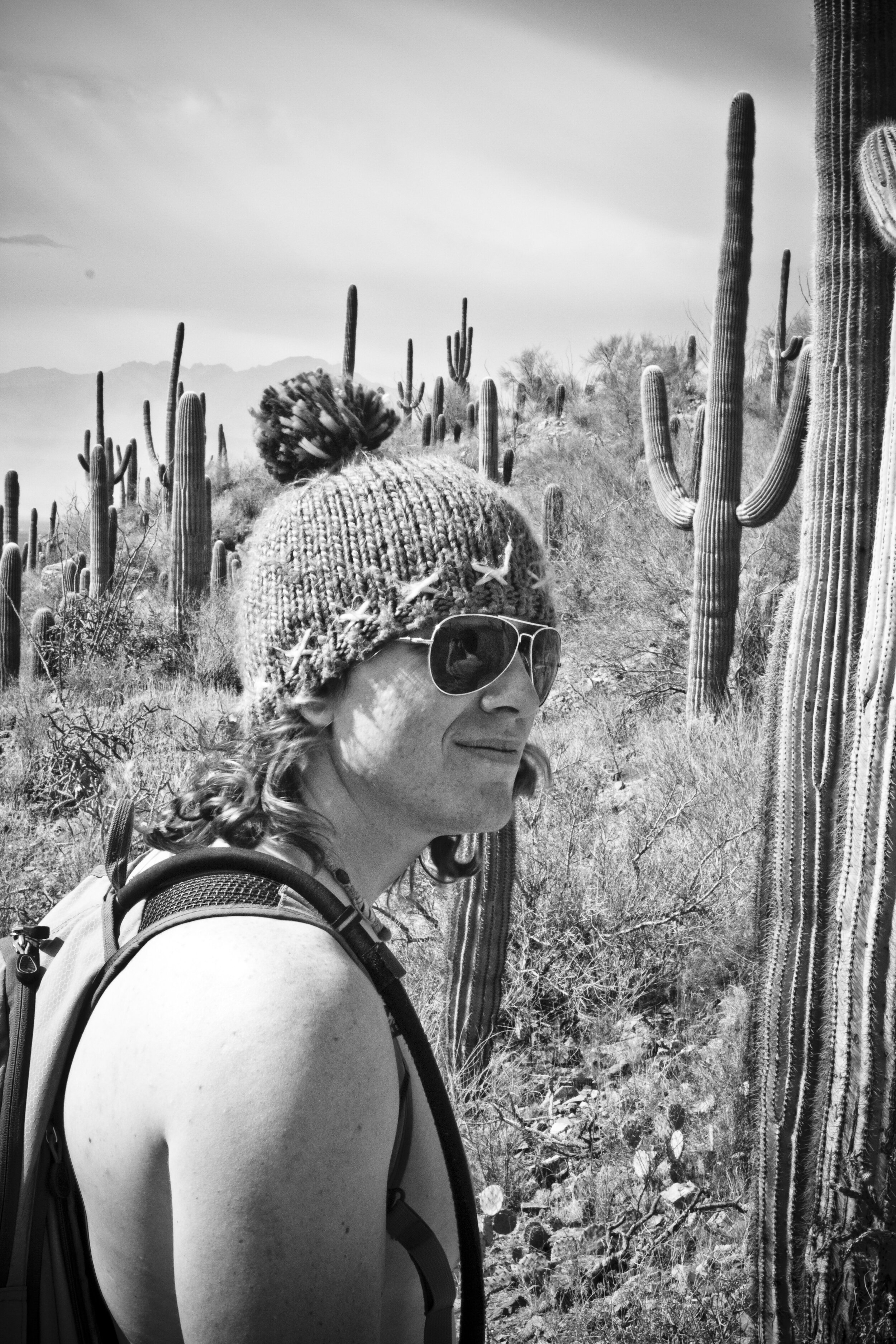



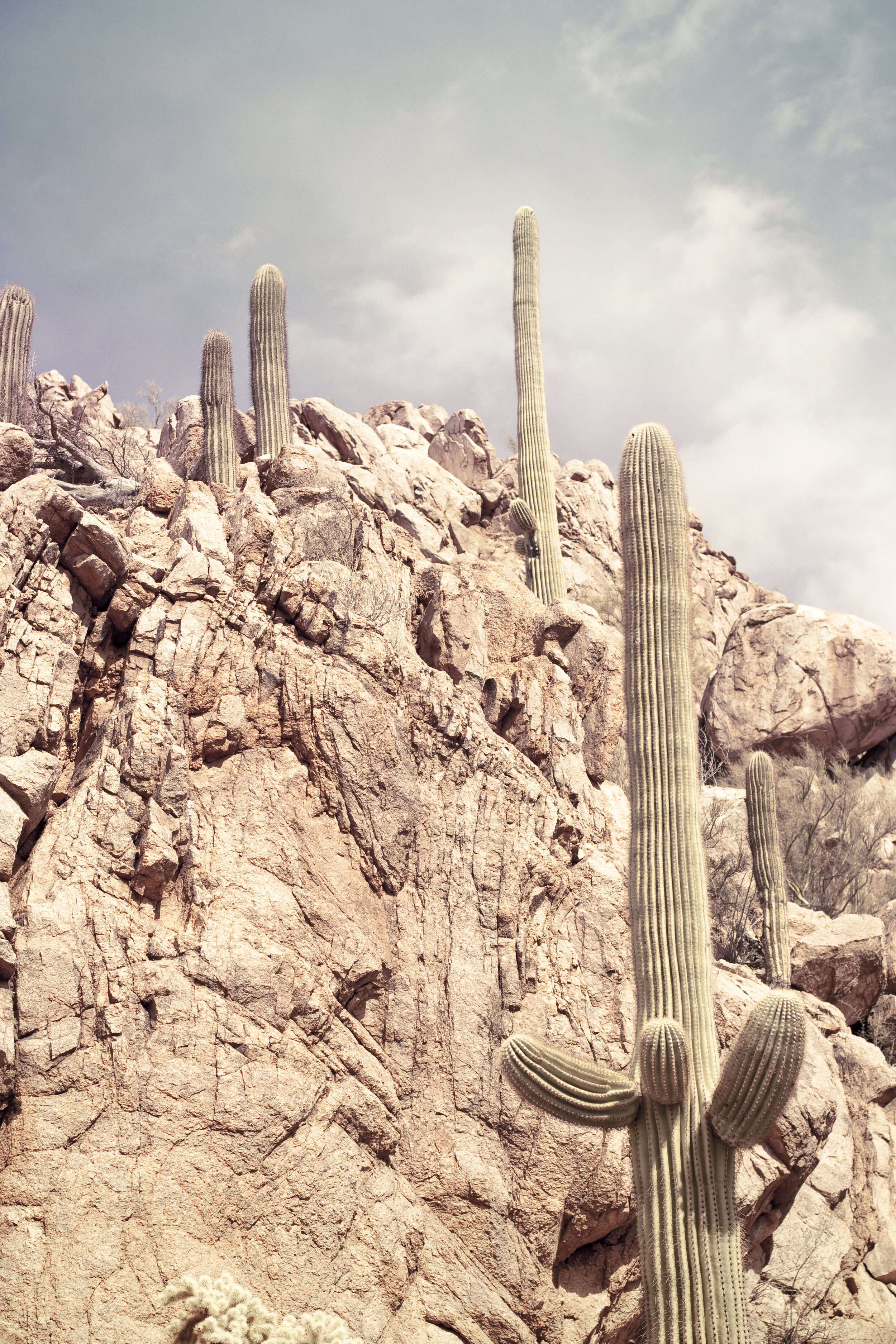
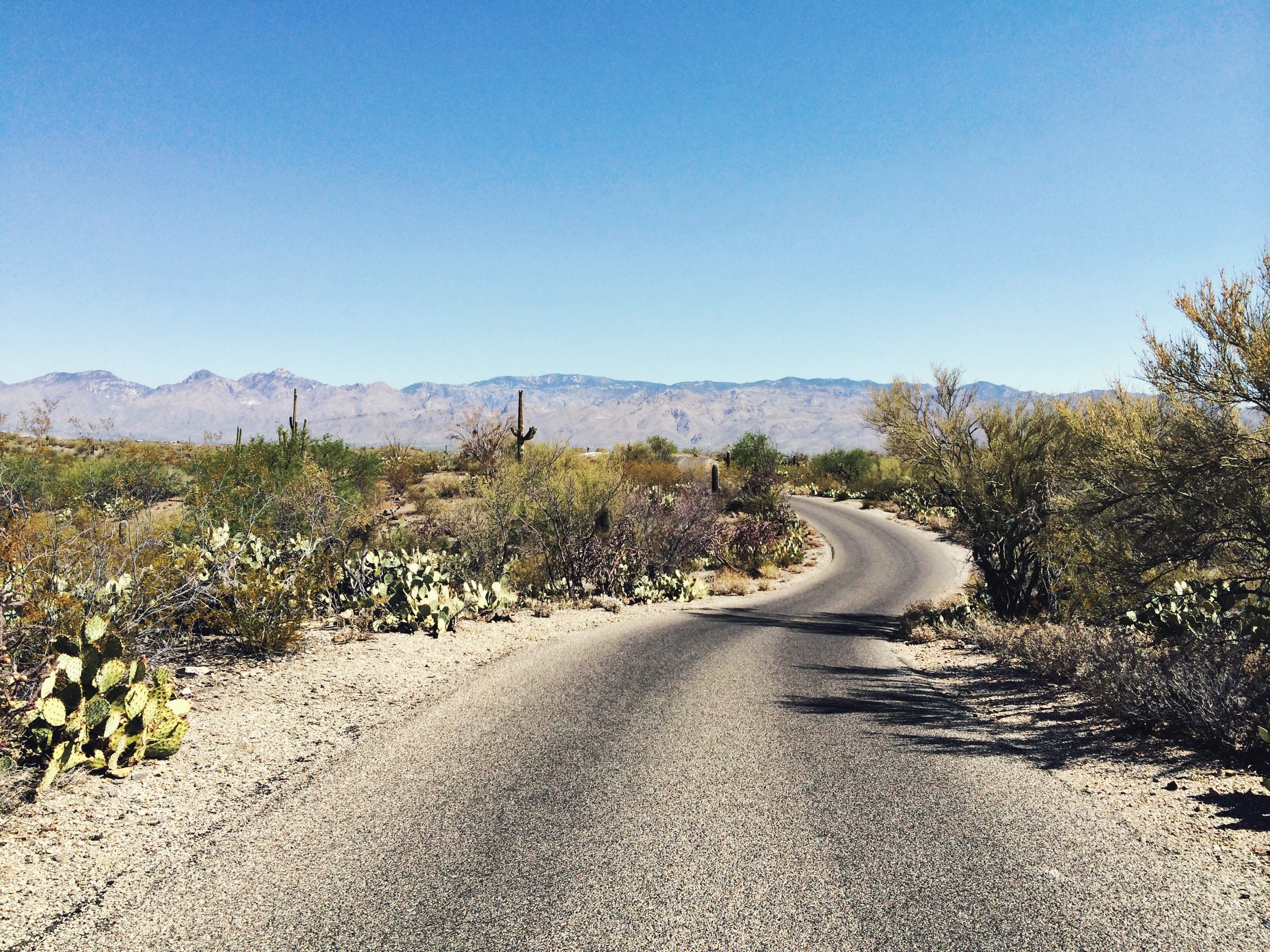

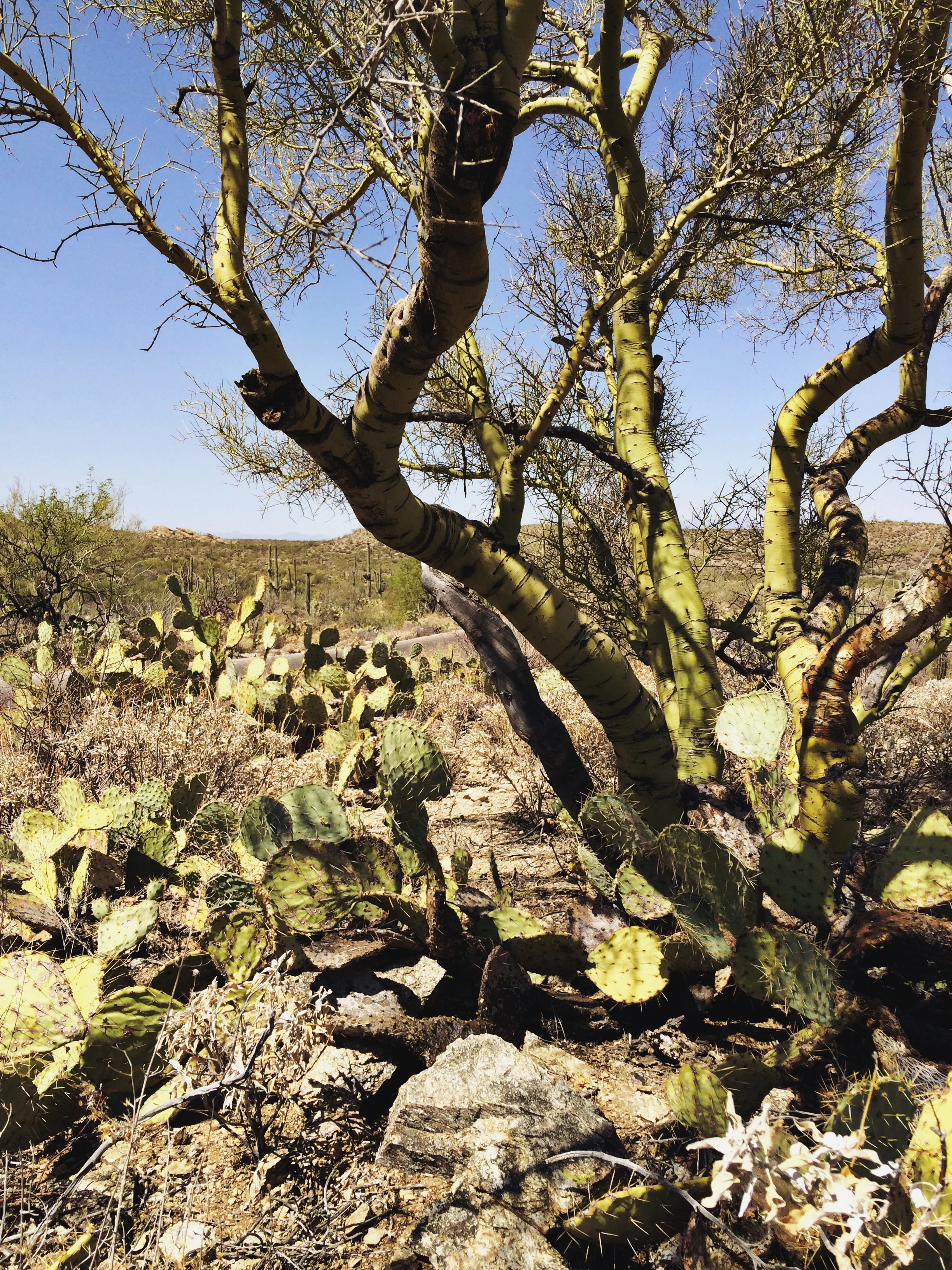

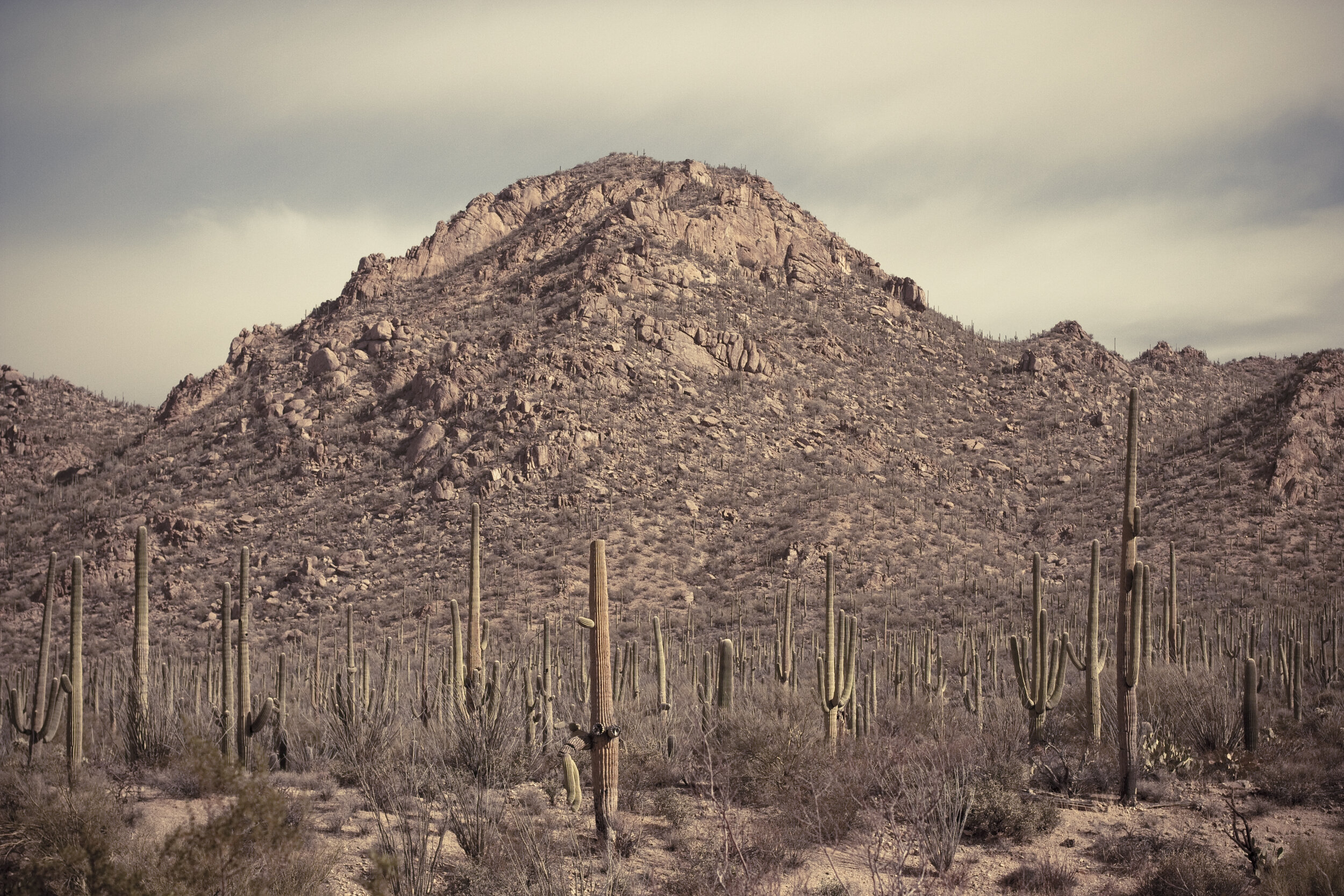
Your Custom Text Here
Park Number: 14/63
First Visited: February 19, 2011
After I’d made the decision to visit all the U.S. national parks, I found myself living in San Diego thereafter. Every weekend in my new city was then spent exploring the surrounding natural wonders. This is how I ended up in Saguaro with my four roommates after a spontaneous six-hour drive through the night.
Saguaro, a defining cactus of the Sonoran Desert, was once a threatened species that many thought was going to fade away like the dying American frontier the cactus once symbolized. This threat was mainly due to the increased human need of trees for local lime kilns and cattle grazing, an enterprise which left the slow-developing saguaro trampled beneath hooves (a decade-old saguaro might only be two inches off the ground). Luckily, both local citizens and federal employees stepped forward to advocate for proper protection, resulting first as a national monument and then, sixty-one years later, as a fully-fledged national park. Because of this protection, visitors can now marvel at the abundant expanse of unique cactus standing tall and still representing our solemn wilderness of the Southwest.
Saguaro, unlike many other parks in the system, is easily accessible and often falls within the route of already-planned road trips (the park surrounds Tucson right along Interstate 10). Because of this I’ve been to the park multiple times and will continue going back whenever I’m in the area. With the total amount of designated wilderness in the park, I still have many hiking opportunities to pursue.
Tribes that constitute the contemporary ethnographic history of Saguaro include Akimel O’odham (also known as Pima), Apache, Hopi, Maricopa, Yaqui, Tohono O’odham (“Desert People”), Yavapai, and Zuni.
Related Articles:
10 Life or Death Survival Myths
*Several images on this page by Steve Witmer
Park Number: 14/63
First Visited: February 19, 2011
After I’d made the decision to visit all the U.S. national parks, I found myself living in San Diego thereafter. Every weekend in my new city was then spent exploring the surrounding natural wonders. This is how I ended up in Saguaro with my four roommates after a spontaneous six-hour drive through the night.
Saguaro, a defining cactus of the Sonoran Desert, was once a threatened species that many thought was going to fade away like the dying American frontier the cactus once symbolized. This threat was mainly due to the increased human need of trees for local lime kilns and cattle grazing, an enterprise which left the slow-developing saguaro trampled beneath hooves (a decade-old saguaro might only be two inches off the ground). Luckily, both local citizens and federal employees stepped forward to advocate for proper protection, resulting first as a national monument and then, sixty-one years later, as a fully-fledged national park. Because of this protection, visitors can now marvel at the abundant expanse of unique cactus standing tall and still representing our solemn wilderness of the Southwest.
Saguaro, unlike many other parks in the system, is easily accessible and often falls within the route of already-planned road trips (the park surrounds Tucson right along Interstate 10). Because of this I’ve been to the park multiple times and will continue going back whenever I’m in the area. With the total amount of designated wilderness in the park, I still have many hiking opportunities to pursue.
Tribes that constitute the contemporary ethnographic history of Saguaro include Akimel O’odham (also known as Pima), Apache, Hopi, Maricopa, Yaqui, Tohono O’odham (“Desert People”), Yavapai, and Zuni.
Related Articles:
10 Life or Death Survival Myths
*Several images on this page by Steve Witmer